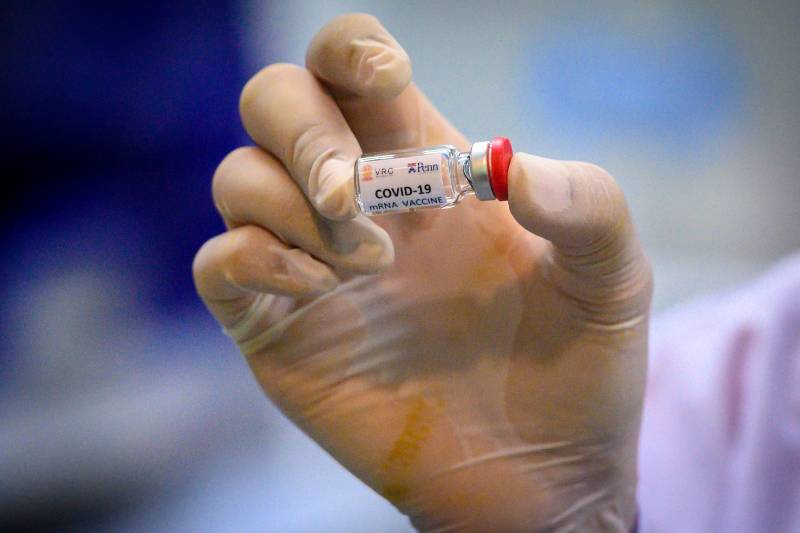Not exactly.
Yes, Pfizer is planning to have a limited number of doses by the end of this year. But the FDA has to review the company’s data and decide whether Pfizer has met the requirements for approval.
The company has to show that the vaccine prevents or lessens the severity of disease in at least half the people who get the vaccine. Trials must have participants that are diverse in terms of age and race. The company also has to monitor people for at least two months after their last vaccine dose. In the cases of the Pfizer and Moderna vaccines, the two that are furthest along in the United States, both require two doses.
So where are we in the process?
Pfizer and Moderna are currently doing phase 3 trials in the U.S. A phase 3 trial involves testing a vaccine in thousands of people. Pfizer’s phase 3 trial, for example, has 44,000 people enrolled, and they may add more. Moderna has 30,000 people enrolled. Both companies started their trials at the end of July.
We had a lot of issues when it came to getting coronavirus tests out. Will we have similar problems with the vaccine?
Three experts who spoke on a webinar Monday are all on California’s panel that will make the decisions about who will be eligible to get the COVID-19 vaccine first.
“You can imagine, at least at the onset, there will be a severe shortage, which forces us to all consider the question, who should go first for the vaccine?” said Dr. Bernard Lo, professor emeritus at UCSF and a panel member.
Lo talked about different categories of people who would make great candidates: elderly residents of nursing homes and folks who work there. Also, home health aides, nurses, doctors, first responders, respiratory technicians, hospital cleaning staff, teachers and other essential workers.
“The people who work in particular in meat processing plants,” Lo said. The people who work as “grocery store clerks, as drivers of public transportation.”
What about populations that have been particularly hard hit, like in Oakland’s Fruitvale neighborhood or San Francisco’s Mission District?
Lo mentioned this too, that part of distributing the vaccine is prioritizing protection of people who are most at risk. In San Francisco, for example, he pointed out that we see high vulnerability for COVID-19 in the Mission, the Tenderloin, SOMA and Bayview-Hunters Point.
Lo pointed out that the National Academies of Sciences, Engineering, and Medicine recommends 25% of vaccines be set aside for vulnerable neighborhoods where there’s a markedly higher rate of infection and death.
That seems like a lot of high-priority people and competing concerns. When are we going to know who would get the vaccine first?
The panel said they’re meeting this week to map out a timeline for how they will get all these decisions made and when they’ll notify the public. So we don’t know yet when exactly we’ll learn all of this, but we should know a lot more by the new year.

